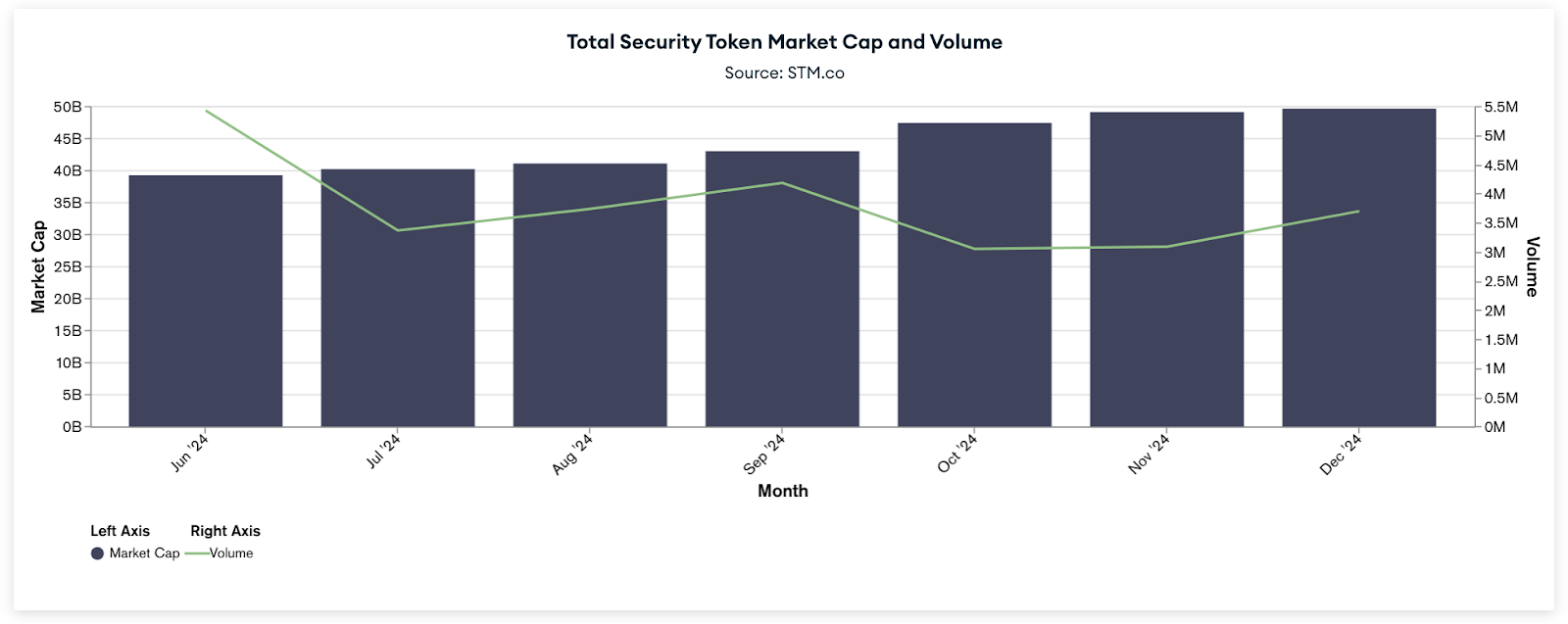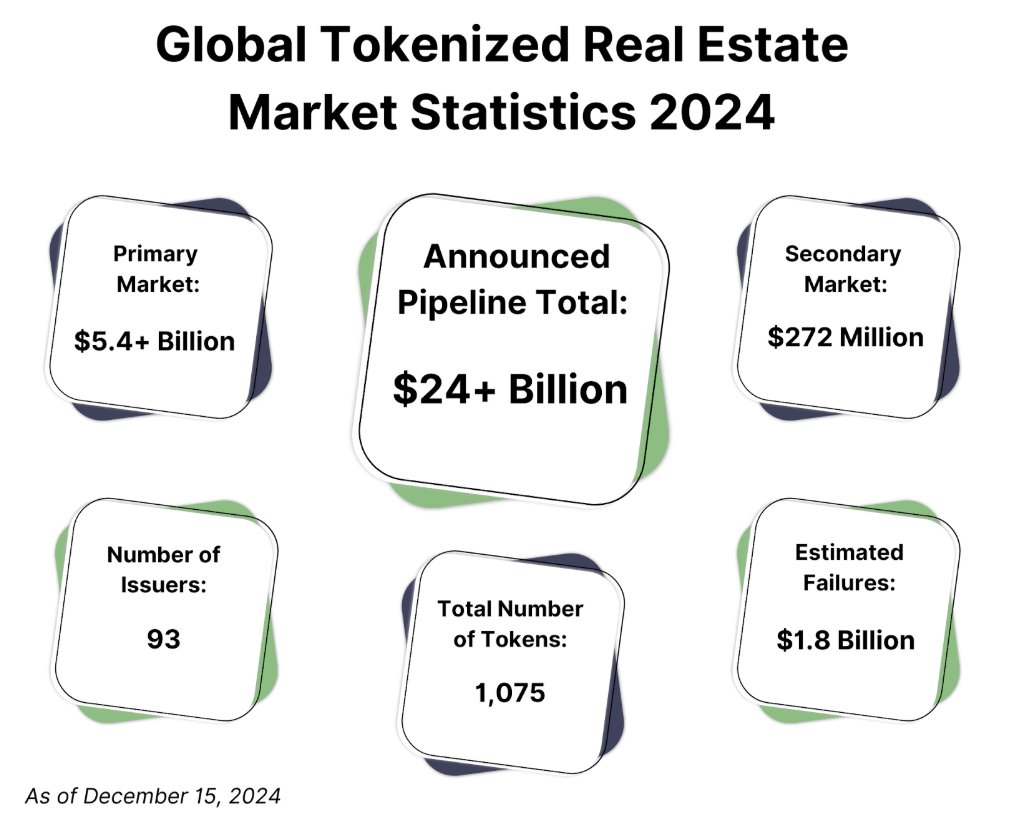Real world assets (RWAs). This is what the crypto natives and institutions are now calling on-chain representations of ownership in real estate, debt, equity, fund LP units, and other traditional assets.
Throughout 2024, RWA tokenization grew in popularity thanks to key catalysts including:
BlackRock tokenizing one of its funds and investing in a tokenization company.
Banks and asset managers graduating from proofs of concept to in-production use cases.
Licenses being granted such as 21X under the DLT Pilot Regime, Ursus-3 Capital as the first ERIR in Spain, and Nomura’s Laser Digital being licensed in the Abu Dhabi Global Market (ADGM) to name a few.
Crypto natives are starting to understand the value of real world assets coming on-chain, with RWAs as the third most profitable narrative.
You’re reading Crypto Long & Short, our weekly newsletter featuring insights, news and analysis for the professional investor. Sign up here to get it in your inbox every Wednesday.
What can we expect in 2025? This should be the year tokenization solidifies its position and transitions into the “pragmatists” portion of the adoption bell curve. With over $50 billion in RWAs already on-chain, 2025 is predicted to reach at least $500 billion (excluding stablecoins).

Collateral mobility, yield-generating assets backed by other tokens (i.e. stable/yieldcoins and tokenized liquidity products), more complex financial products, and proven streamlined operations will drive the growth of the tokenized RWA market cap. Over time, this will increase investor preferences toward tokenized rather than non-tokenized versions, leading to further adoption and inflows. Real estate alone provides over $30 billion in value, demonstrating savings through tokenizing HELOCs, alternative financing, collateralized loans, on-chain title, funds, and more.

Regulatory clarity
Regulatory clarity remains a top barrier to adoption, but 2025 could bring significant progress. News of Paul Atkins’ appointment as SEC chair, Perianne Boring at the CFTC, and David Sacks as Crypto Czar is increasing the likelihood for a clear U.S. legal framework for digital assets. This would encourage larger institutional participation, raise investor confidence, and spur further innovation in infrastructure for RWAs. The EU, Switzerland, and Singapore have already shown that stronger regulation, even a sandbox, will enhance global momentum even further.
Bridging the crypto community via RWA utility/governance tokens
Tokenization has caught institutional attention due to cost savings and operational efficiencies. This is observed in both trials and in-production use cases compared to their off-chain counterparts. On the crypto side, governance and utility tokens are giving holders discounted trading fees compared to non-token holders, priority access to deal flow, decision-making, and more.
This is the language the crypto community speaks, which will redirect crypto and NFT gains into RWAs and encourage building dApps/ infrastructure for them. Additionally, the Trump administration’s potential tax breaks on gains from U.S.-issued cryptocurrencies (utility/ governance tokens) is something investors and issuers should watch closely.
2025 should see tokenization of financial assets grow as both a narrative and application. Large banks and asset managers’ adoption will yield tangible results and spark confidence to move forward with related endeavors higher up the risk curve. Tapping DeFi ecosystems will continue to propel both primary and secondary markets forward by adding utility and enabling new economic opportunities.
This year will see the chasm between crypto-native communities and traditional finance start to narrow. Tokenization is no longer a future concept; it’s here and will continue to grow. If you haven’t been paying attention to this space, now is the time. Regulatory clarity, institutional adoption, and improved utility, among other catalysts like the Strategic Bitcoin Reserve at state and federal levels, will stimulate exponential growth and adoption.

